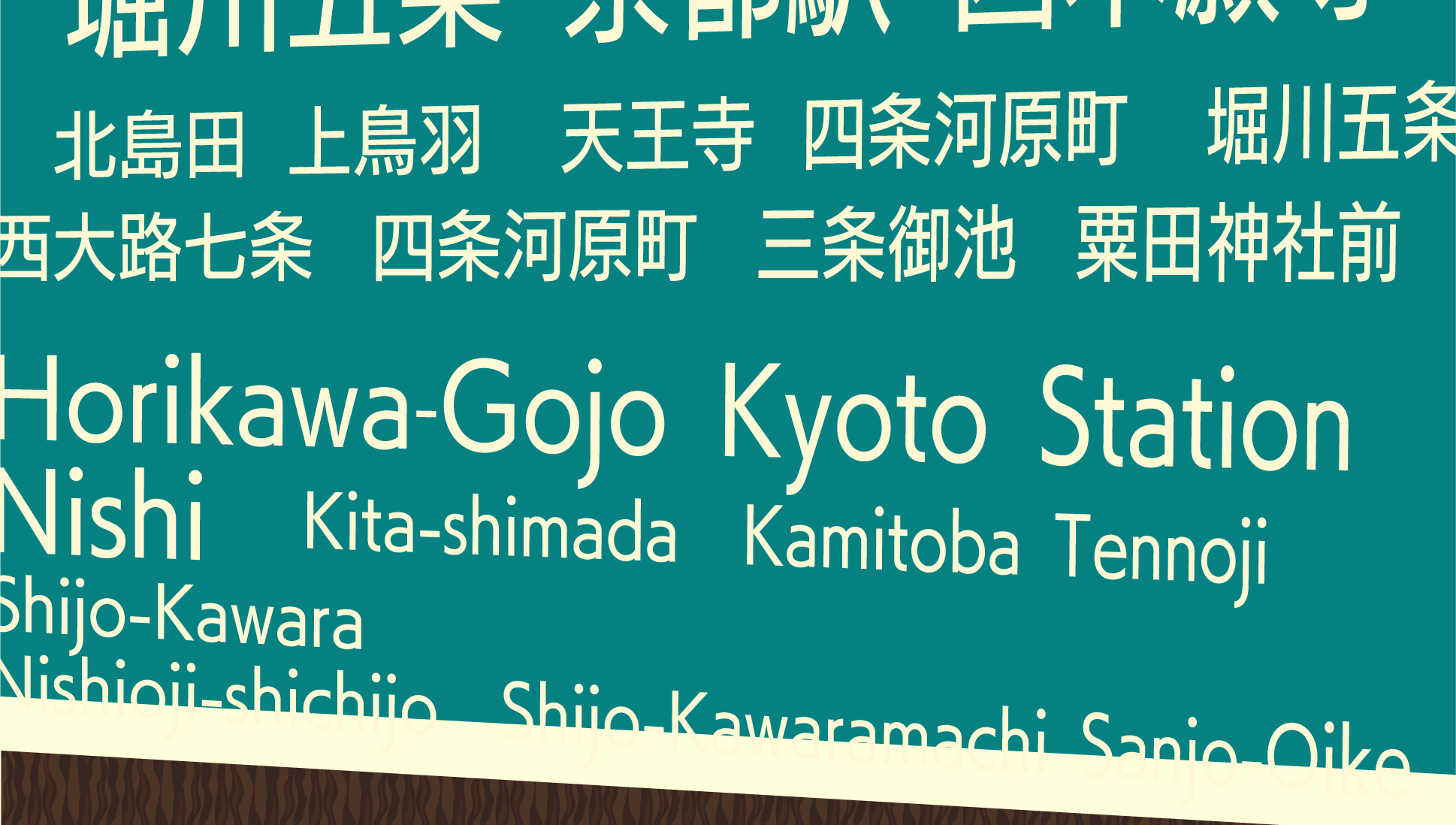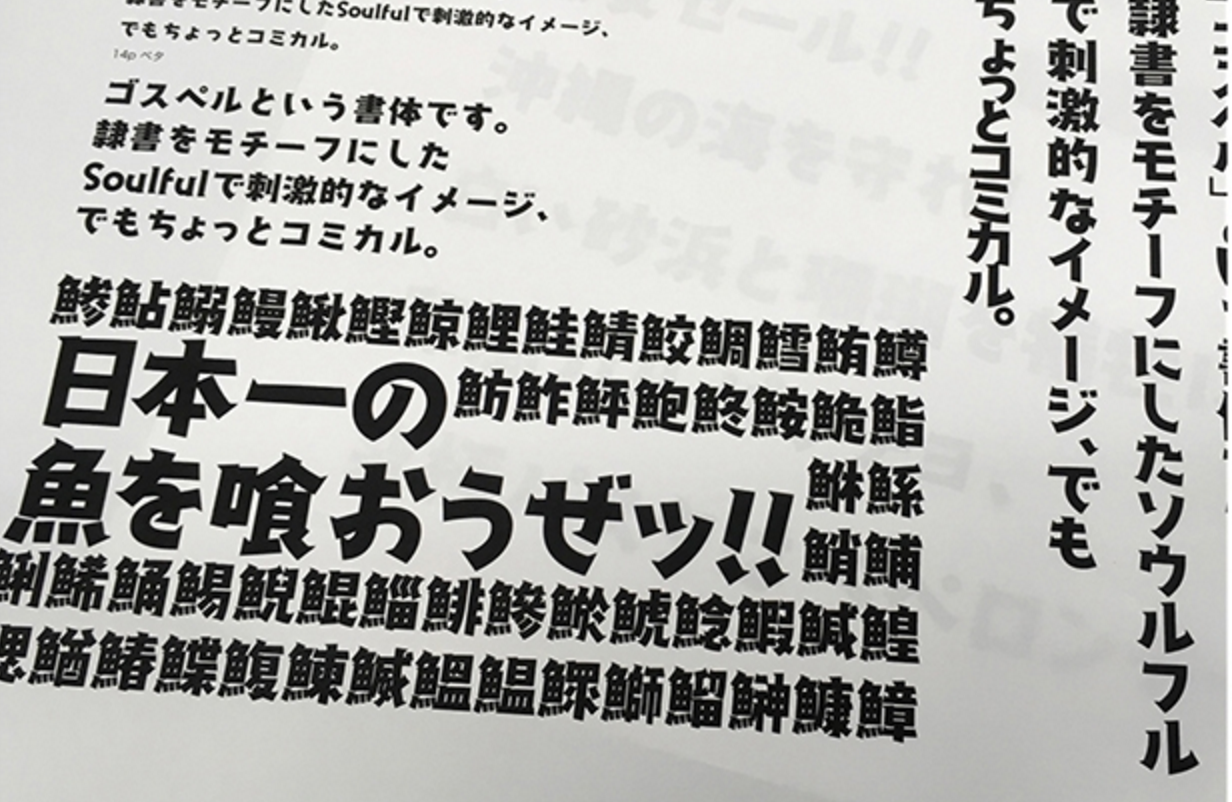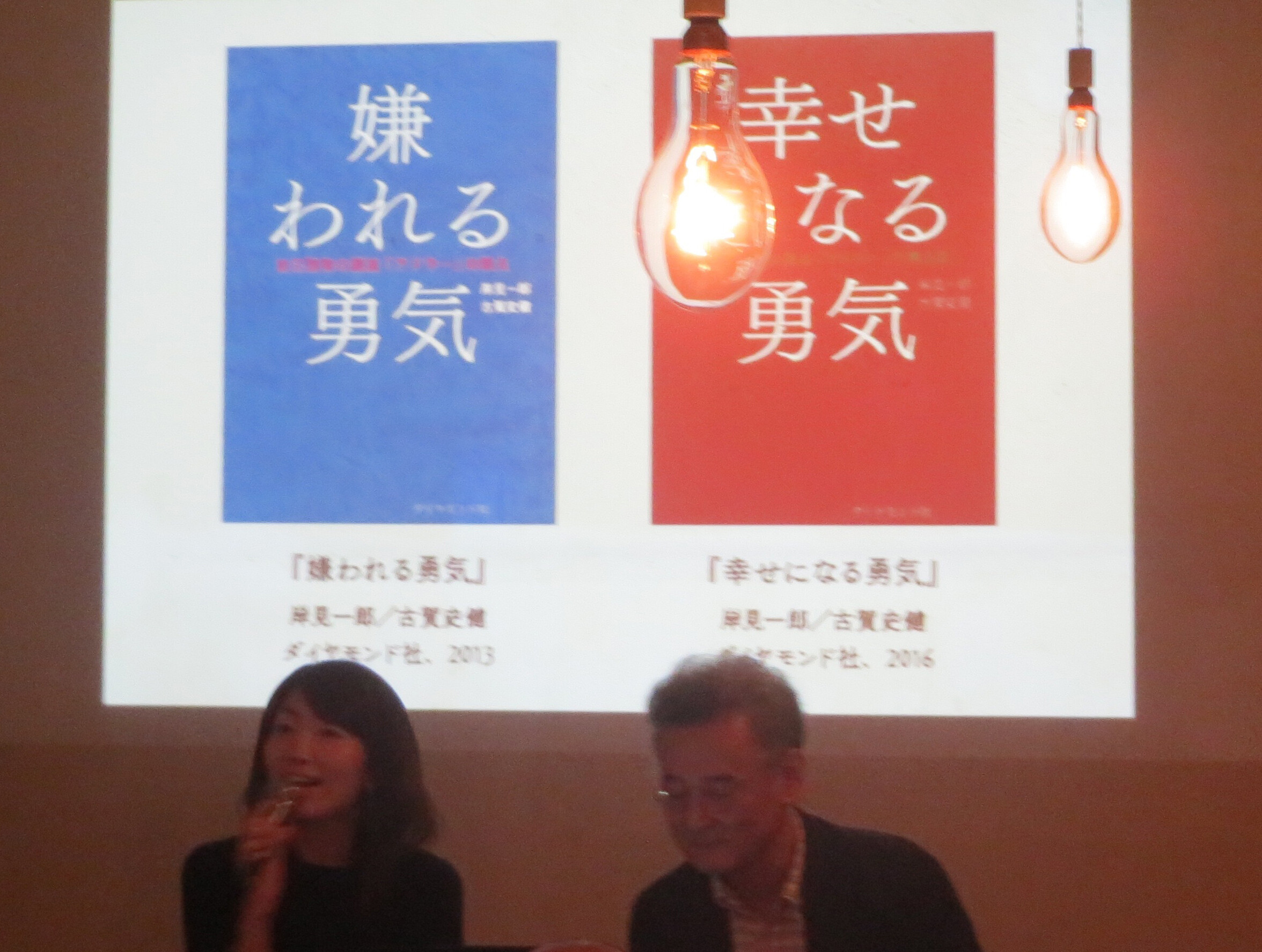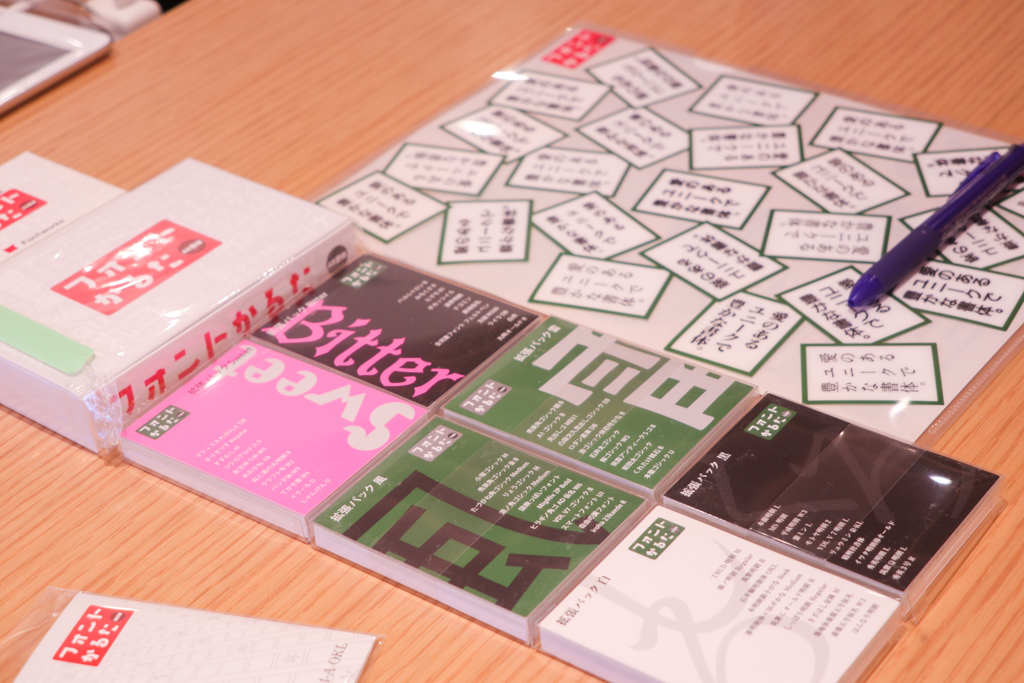英語を始めとする多言語の組版には、私たちが普段接している日本語組版とは違った言語上の規則や注意点があります。「英語タイポグラフィ講座」初級編の2回目は、前回に続いて英文表記でありがちな間違いポイントをご紹介。今回は-(ハイフン)やスペースといった要素をどう使い分けるかについてお話します。
協力:アドビ社
※ここでご紹介している画像は例を分かりやすくお伝えするためにご用意した、実在していないものです。
いろいろなパターンがある複合語
もともとは独立していた単語が2つ以上結びついて1つの単語になったものを複合語と呼びます。日本語だと「待ち時間」「ビデオカメラ」といった言葉ですね。英語の複合語も成り立ちは同じなのですが、ハイフンでつなぐかスペースを入れるか・入れないかなど、表記のしかたが単語によって異なります。以下に複合語の例をいくつか挙げてみます。
teleconference(tele-conference、tele conferenceは誤り)
mixed-use(mixeduse、mixed useは誤り)
home office(homeoffice、home-officeは誤り)
また、ハイフンありなし、スペースありなしが前後の単語の存在によって変わる場合もあります。
northwest(北東)
southwest(南西)
east-northwest(東北東)
two-thirds(3分の2)
a half hour(30分)
a half-hour lecture(30分のレクチャー)
at six thirty(6時30分に)
さらに、ハイフンありなし、スペースありなしが文法上のルールによって変わる場合もあります。
eleven(11)
twenty-eight(28)
two hundred thirty-two(232)
Iam a fifty-nine-year-old.(私は59歳です)
He is five years old.(彼は5歳です)
in the twentieth century(20世紀に)
twentieth-century art(20世紀の美術)
このように、ハイフン/スペースの有無についてはちょっとややこしいので、必ず辞書や実際の用例をチェックして記載するようにしましょう。
英語のダッシュと日本語の全角ダッシュは別のもの
英文におけるダッシュとハイフンの違いはなんでしょうか?
人によって使い方が異なる場合がありますが、以下に一例を挙げます。
ハイフン(-):語の連結。
例:north-northwest
短いenダッシュ(–):範囲。
例:an east–west avenue
emダッシュ(—):文章の中断。
例:My power? Alas, I doubt—
2-emダッシュ(——):文章の中断。
例:How lush——glass looks!
3-emダッシュ(———):参考文献リストで同じ著者の文献が並ぶときの省略。
例:Ruskin, John. Lectures on Art,. . .
———. Aratra Pentelici: Six. . .
また、和文の全角ダッシュや音引きを英文に使用してしまう場合がありますが、これも注意が必要です。英文とは縦の位置が高いですし、ハイフンに使うには長すぎるため、英語の文字とマッチしません。
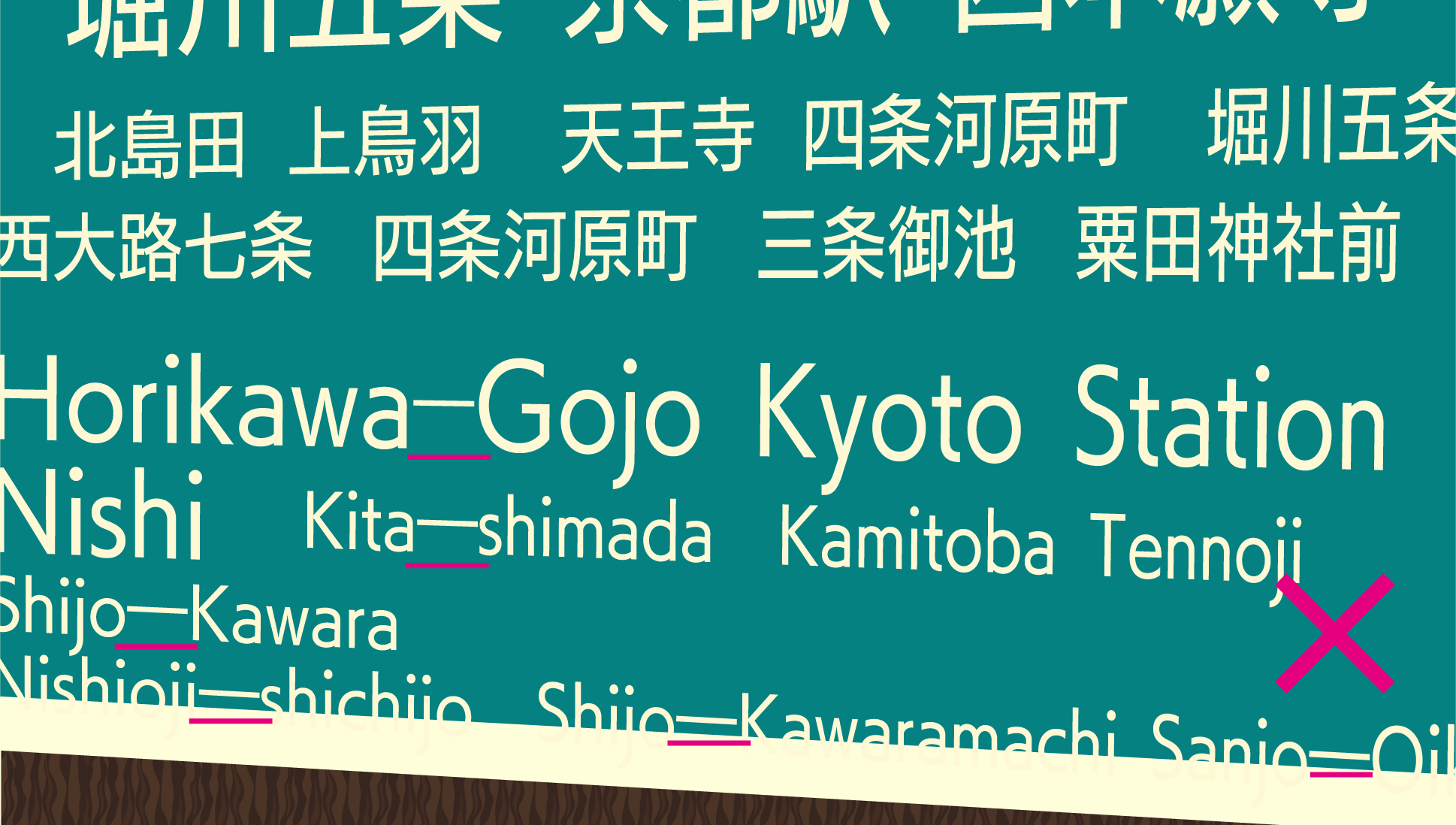
この画像は英語のハイフンにするところに日本語のダッシュ(―)を入れている例です。千の太さや幅の長さが合っていませんし、高さが小文字の位置と合っておらず、ちぐはぐな印象を受けてしまいます。

同じ横線……だけど機能はそれぞれ!
今回は英文におけるハイフンとスペースの用法の違いについて、そしてハイフンとダッシュの使い分けについてお話しました。見た目が近いものなので、つい意識せず間違った使い方をしてしまいがちです。実際の英文などをリファレンスにして確認できるようにしましょう。
